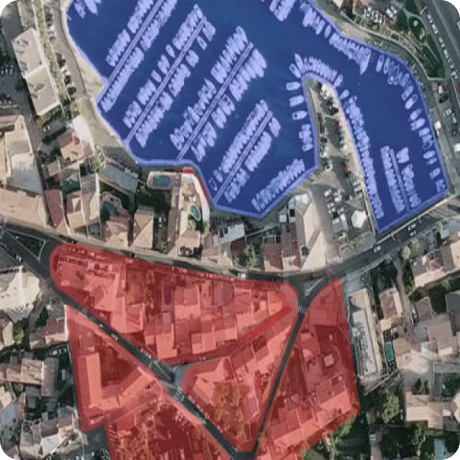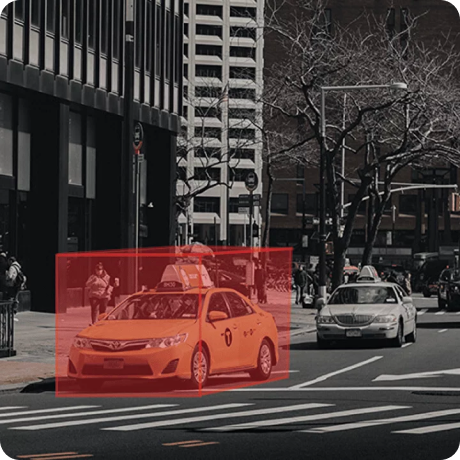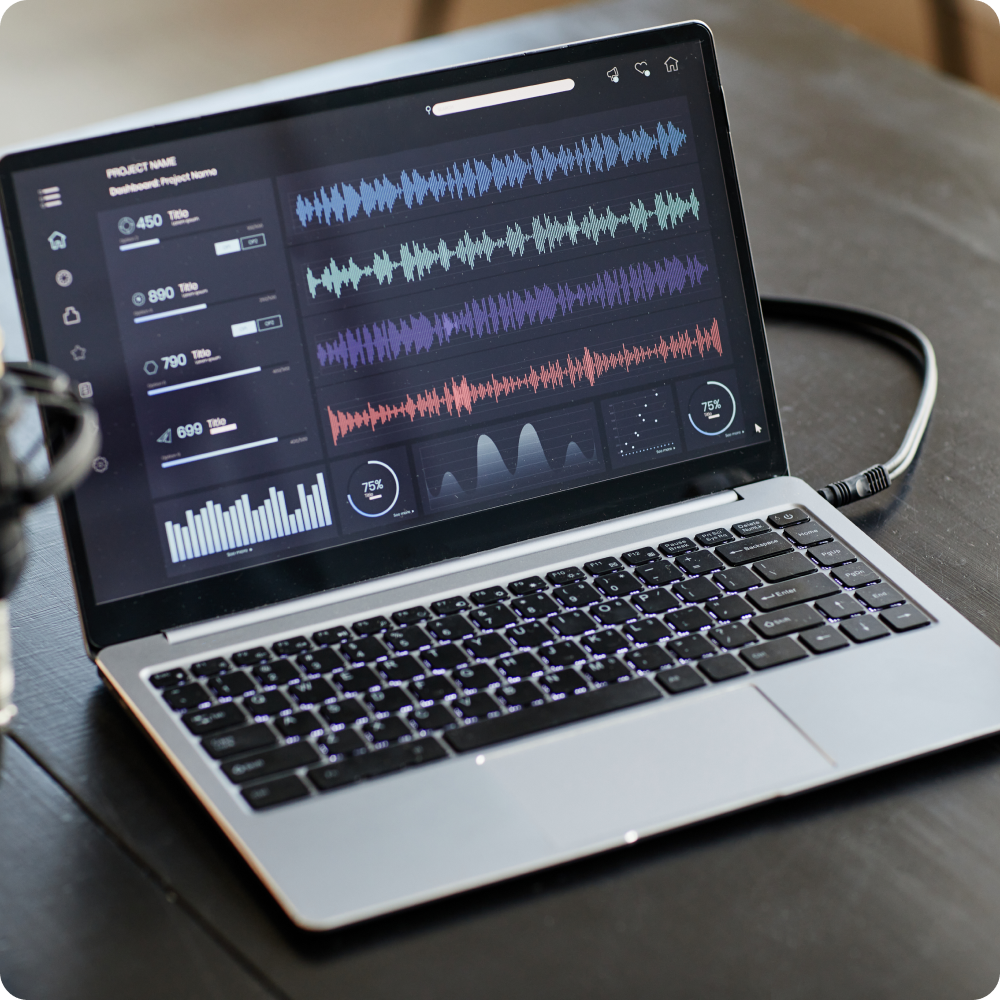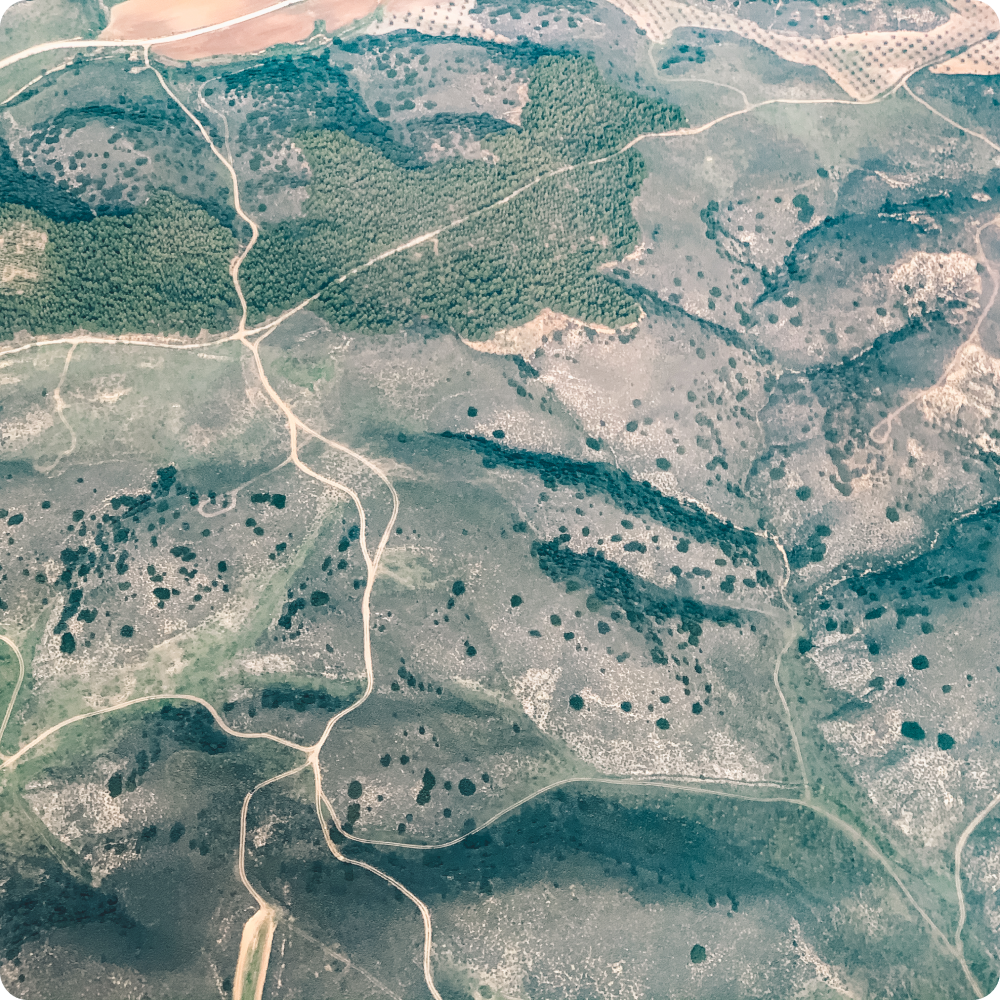DATA ANNOTATION SERVICES




What is Data Annotation?
Types of Data Annotation
How we Deliver Data Annotation Projects
At TrainingData, we follow a meticulous and efficient process to deliver Data Annotation Projects with precision and quality assurance. Our approach encompasses several key stages, each tailored to ensure accurate annotations and client satisfaction
Data Annotation Use Cases
Healthcare and Medical Imaging
In healthcare, data annotation is used to label medical images such as X-rays, MRI scans, and CT scans with annotations indicating anatomical structures, lesions, and abnormalities. This facilitates medical diagnosis, treatment planning, and disease monitoring, improving patient care and clinical outcomes.
Autonomous Vehicles and Transportation
In the automotive industry, data annotation is essential for annotating sensor data from LiDAR, cameras, and radar to detect and classify objects, pedestrians, and road markings. This enables the development of autonomous driving systems, enhancing vehicle safety and transportation efficiency.
E-commerce and Retail
In e-commerce and retail, data annotation is used to label product images, extract product attributes, and annotate customer reviews. This enhances product search, recommendation, and personalization algorithms, improving the online shopping experience and driving sales revenue.
Financial Services and Fraud Detection
In the financial services industry, data annotation is employed to label transaction data, user behavior patterns, and financial documents for fraud detection and compliance monitoring. This helps financial institutions mitigate risks, ensure regulatory compliance, and prevent financial crimes.
Natural Language Processing (NLP) and Sentiment Analysis
In NLP and sentiment analysis, data annotation is used to label text data for sentiment classification, named entity recognition, and text categorization. This facilitates sentiment analysis, market research, and customer feedback analysis, enabling businesses to make data-driven decisions and improve customer satisfaction.
Manufacturing and Quality Control
In manufacturing, data annotation is utilized for annotating sensor data, defect images, and production logs to monitor product quality, detect defects, and optimize manufacturing processes. This improves product quality, reduces production costs, and enhances overall operational efficiency in manufacturing facilities.
Agriculture and Precision Farming
In agriculture, data annotation is employed for annotating satellite imagery, drone footage, and sensor data to monitor crop health, detect pests, and optimize irrigation practices. This enables precision farming, improves crop yield, and promotes sustainable agricultural practices, ensuring food security and environmental conservation.
Human Resources and Talent Management
In human resources, data annotation is used to label resumes, candidate profiles, and job descriptions for talent matching, skill assessment, and talent management. This streamlines the recruitment process, improves hiring decisions, and enhances workforce productivity and retention.
Energy and Utilities
In the energy and utilities sector, data annotation is used to label sensor data from smart meters, power grids, and renewable energy sources for energy consumption monitoring, equipment maintenance, and energy distribution optimization. This enhances energy efficiency, reduces downtime, and promotes sustainable energy management practices.
Public Safety and Law Enforcement
In public safety and law enforcement, data annotation is employed to label video footage, audio recordings, and incident reports for crime analysis, suspect identification, and predictive policing. This aids in crime prevention, law enforcement operations, and community policing efforts, ensuring public safety and security.
Stages of work
-
Application
/01Leave a request on the website for a free consultation with an expert. Th e acco unt manager will guide you on the services, timelines, and price -
Free pilot
/02We will conduct a test pilot project for you and provide a golden set, based on which we will determine the final technical requirements and approve project metrics -
Agreement
/03We prepare a contract and all necessary documentation upon the request of your accountants and lawyers -
Workflow customization
/04We form a pool of suitable tools and assign an experienced manager who will be in touch with you regarding all project details -
Quality control
/05Data uploads for verification are done iteratively, allowing your team to review and approve collected/annotated data -
Post-payment
/06You pay for the work after receiving the data in agreed quality and quantity
Timeline
-
24 hoursApplication
-
24 hoursConsultation
-
1 to 3 daysPilot
-
1 to 5 daysConducting a pilot
-
1 day to several yearsCarrying out work on the project
-
1 to 5 daysQuality control
in the established quality and quantity
Why
Training Data
- Quality Assurance:
-
Enhanced Data Accuracy
-
Consistency in Labels
-
Reliable Ground Truth
-
Mitigation of Annotation Biases
-
Cost and Time Efficiency
- Data Security and Confidentiality:
-
GDPR Compliance
-
Non-disclosure agreement
-
Data Encryption
-
Multiple data storage options
-
Access Controls and Authentication
- Expert Team:
-
6 years in industry
-
35 top project managers
-
40+ languages
-
100+ countries
-
250k+ assessors
- Flexible and Scalable Solutions:
-
24/7 availability of customer service
-
100% post payment
-
$550 minimum check
-
Variable Workload
-
Customized Solutions







